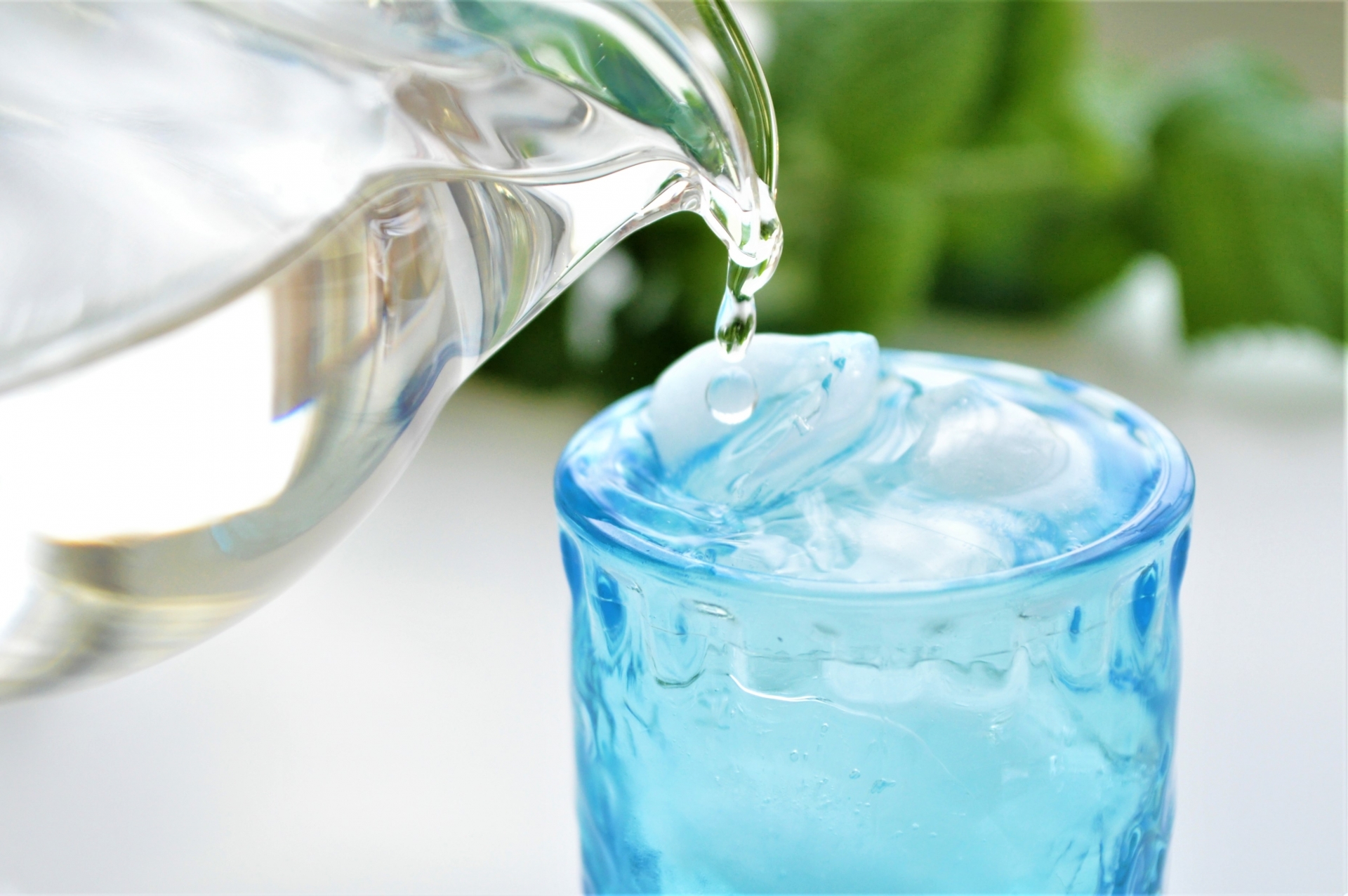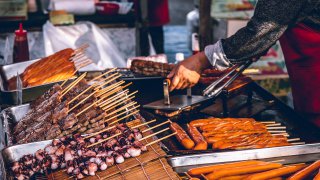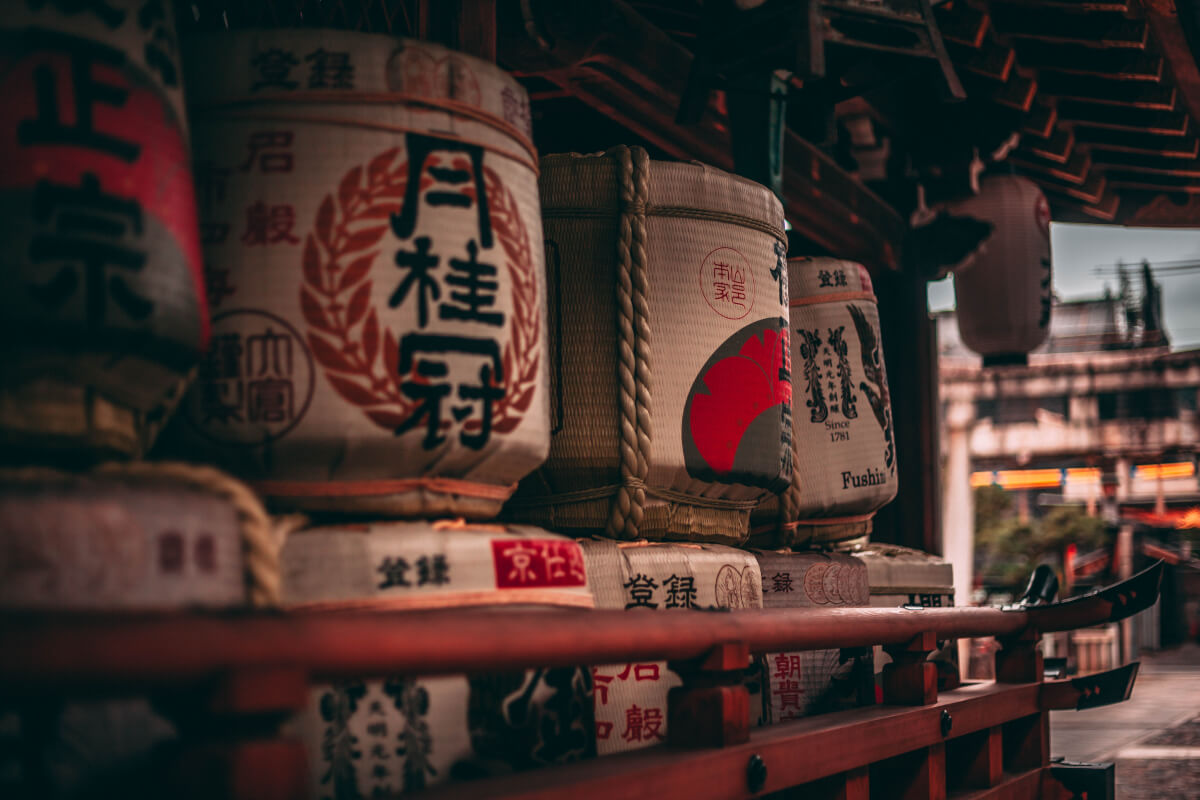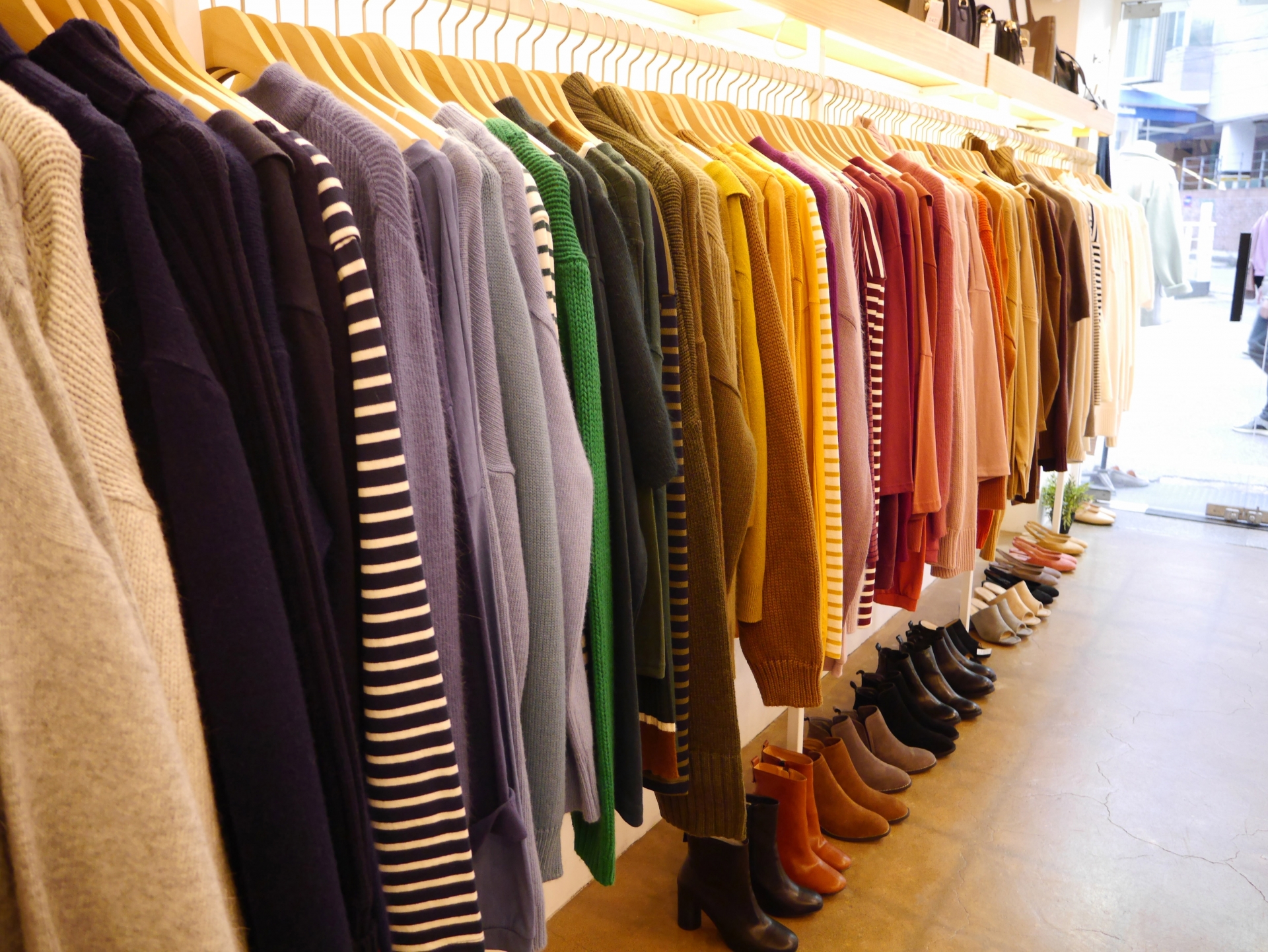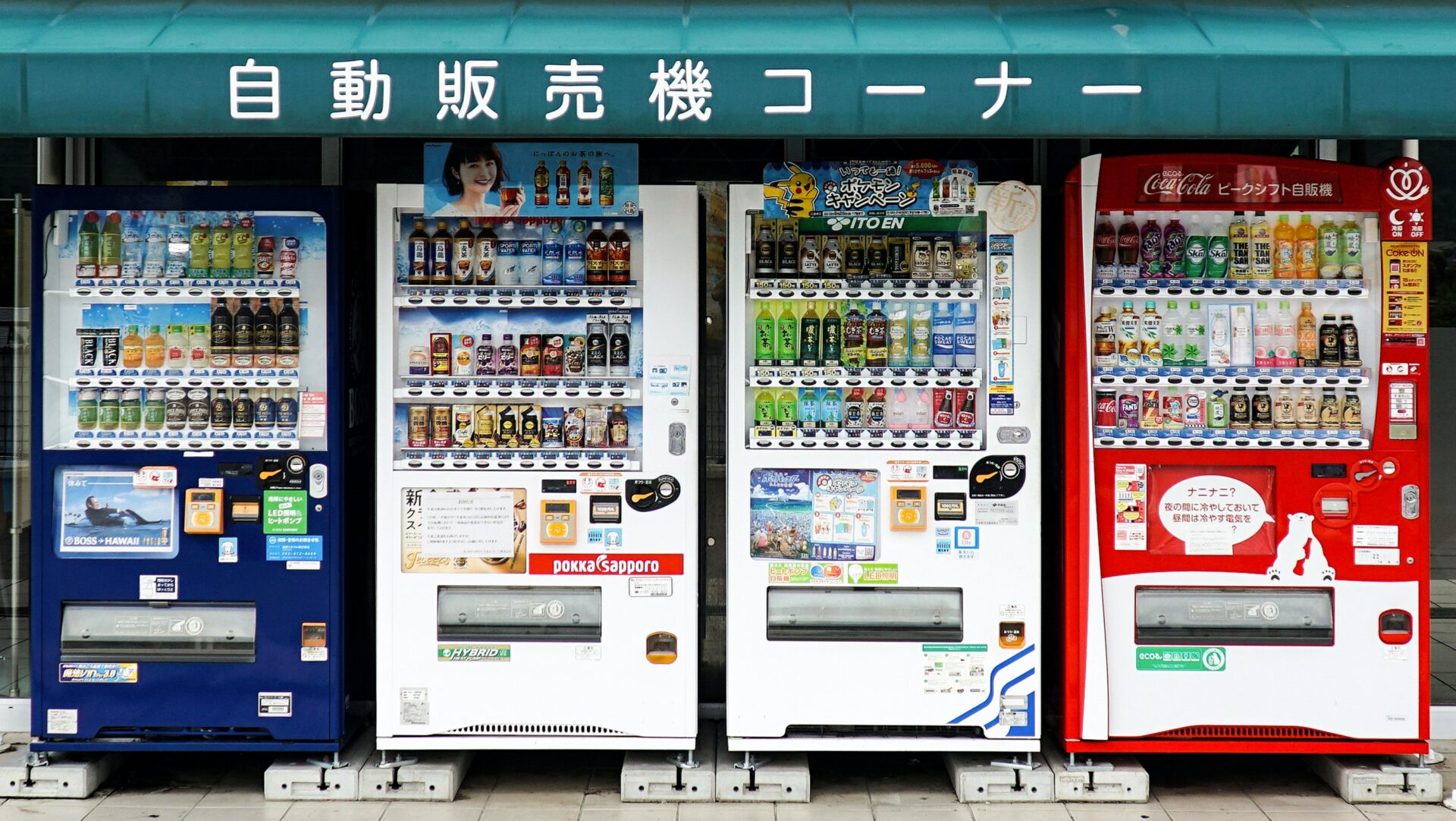Alcohol can be great while enjoying a delicious feast. Beer and wine are of course a popular drink in Japan, as well as highballs and Japanese sake. Technically, sake refers to all alcoholic beverages in Japan, but foreigners often mean Nihonshu when talking about sake. From its sharp and delicious taste to its mellow flavor, it has delighted many alcohol lovers. But, while sake(nihonshu) is getting a lot of attention from all over the world, have you ever heard of Shochu (焼酎), the other traditional Japanese alcoholic beverage? What exactly is shochu and what does shochu taste like? In this article, we will explain to you all you need to know about this Japanese liqueur.
1. What is Shochu?
Shochu is a distilled liquor born in Japan and its main ingredients are grains such as rice, barley, and potatoes. Shochu typically has an alcohol content of 25% – 37% on average. There are three types of Shochu: Otsurui Shochu (乙類焼酎), Korui Shochu (甲類焼酎), and Konwa Shochu (blended Shochu).
Otsurui Shochu is a liquor with an alcohol content of 45% or less and is only distilled once. This is regarded as the traditional Japanese way of making Shochu, a method used since the 14th century. Because it is distilled only once it has richer taste; you can taste the original flavor of the ingredients.
Korui Shochu, on the other hand, was introduced later than Otsurui Shochu. It was only first made after World War II, and is made through continuous distillation. The Korui Shochu has a lower alcohol content (35% or less) and is characterized as a more crisp, easier to drink taste. If you are a beginner when it comes to Shochu or just like mild flavor, you may be fascinated with Korui Shochu, while Otsurui Shochu is recommended for people who go for more of a dry taste.
Can’t decide between these two types of Shochu? Don’t worry, there is also a so-called blended Shochu; Konwa Shochu. It is basically a mix of the two and depending on the which of the two has the majority, it is either called Korui-Otosurui Konwa Shochu or Otosurui-Korui Konwa Shochu.
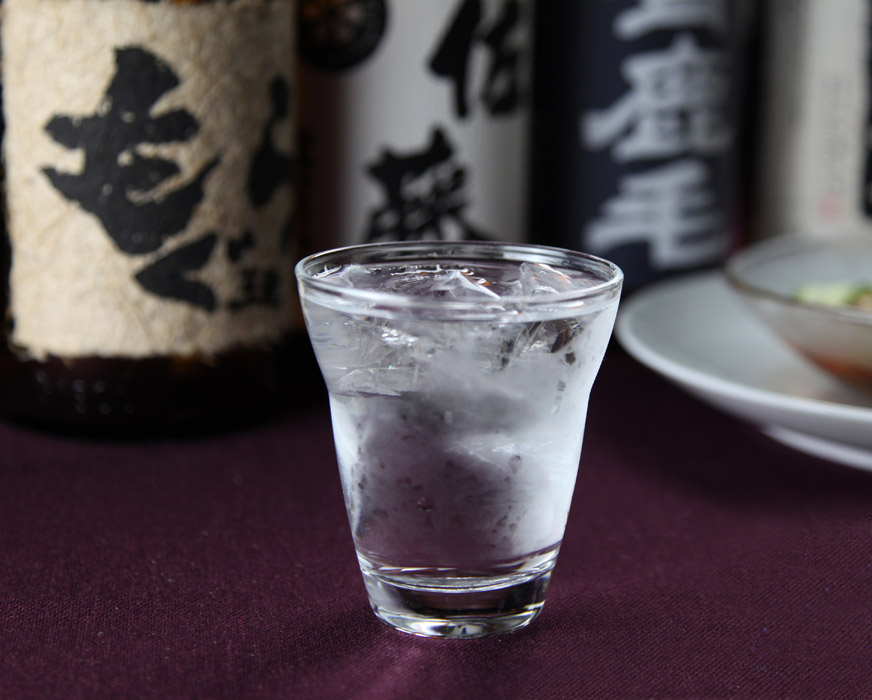
2. History of Shochu
Shochu has been loved in Japan since ancient times, but its origins are not 100% clear. There are several theories as to how it made its way to Japan: one is that it came to Japan from China via the East China Sea. Another story is that it came to Ryukyu (present-day Okinawa) from China via Fujian. However the most popular theory is that it came from Thailand on the Indochina Peninsula to Ryukyu.
According to existing documents from Joseon (present-day, Korea), a distilled liquor called Awamori was already being produced in Ryukyu in 1477, and this is said to be the first distilled liquor produced in Japan. In 1546, a Portuguese man who was visiting Japan at the time wrote a letter to the Spanish missionary, Francisco Xavier, describing it as “distilled liquor made from rice”. Later, besides rice, distilled liquors made from different ingredients such as potatoes and barley appeared. But one thing is clear; many Japanese people have enjoyed Shochu for a long time.
3. Shochu vs Sake vs Soju
When it comes to the names of certains alcohol, a lot of people tend to mix things up as the names can sound very similar. As mentioned earlier, “sake” in Japanese means all kinds of alcohol. Many people think that sake refers to the well known rice wine, but that Japanese liquor is actually referred to as nihonshu.
The big differences between nihonshu and shochu are their production process, flavor and alcohol content. The key ingredients in nihonshu are rice, koji and water. Nihonshu is brewed by converting the starch of rice of choice into sugar and then turning it into alcohol using yeast. On the other hand, the key ingredients in shochu are much more diverse and often consist of vegetables and grains such as sweet potatoes, barley, rice, wheat, and sugar cane. The distillation process of shochu is the process of separating water and alcohol using a variety of different boiling points. By removing a certain amount of water from the alcoholic mixture, you are left with a fairly stronger alcohol percentage depending on how much water you remove.
Nihonshu is usually at around about 15% alcohol level. Shochu is quite a bit higher from 25% ~ 37% depending on the brand. You can really taste the difference of the two drinks as well. Nihonshu tends to be on the smooth, tangy and mellow side while shochu has a stronger alcohol kick to it with more of a dry taste. However there are many different varieties of both drinks and the flavor can vary a lot depending on what goes into it, where it is made and how it is made.
People also often get shochu and soju mixed up, but they are actually completely different alcohols from different countries. Soju comes from Korea and is a clear drink that was originally made form rice but is now often made with other grains and starches. Soju’s alcohol content usually ranges from about 12 to 20% but it is very easy and smooth going down. People often drink soju in shot glasses and you can often see it in green bottles that have a variety of different fruity flavors. It is something that people in Korea drink at parties and celebrations.
4. Varieties of Shochu
While sake is mainly made from rice, Shochu is made from a variety of ingredients. Here we’ll introduce the four main types of Shochu.
Imo-Shochu (Potato Shochu)
Among the various different type of shochu, the most common is imo-shochu (芋焼酎). This Shochu is made from Japanese Sweet Potatos (Satsuma Imo). Imo-shochu is mainly produced in Kagoshima and Miyazaki in the Kyushu region. Kagoshima is in fact famous as “one of the best producers of sweet potatoes in Japan”. Just one glass of Imo-Shochu will entertain you with the sweetness and profound aroma of sweet potatoes.
Mugi-shochu (Barley Shochu)
Another typical Shochu is made from grains and is known as mugi-shochu (麦焼酎). Compared to other types of Shochu, it is fruity and has a very pleasant and gentle taste. Since there are many brands that are priced fairly low, this is a recommended for people who might want to try Shochu for the first time. Barley Shochu is often produced in Kyushu as well.
Kome-shochu (Rice Shochu)
Kome-shochu (米焼酎) is made from rice (like Japanese sake / Nihonshu), has few unique flavors and is a pretty easy-to-drink Shochu even for first timers. The prefecture known for its rice Shochu is Kumamoto, which also happens to be in Kyushu. It also has zero added sugar, so this is one we might recommend for people who are watching what they eat and drink.
Awamori
The last kind of Shochu is Awamori. Awamori (泡盛) is a distilled rice liquor that is produced in Okinawa, as mentioned previously. The difference between Awamori and rice Shochu is the type of rice used. While rice Shochu is made from Japanese rice, Awamori is made from Thai rice, also known as indica rice. The average alcohol content is about 25~30%. It has a thick, sour taste and is recommended for those who like dry alcohol.
5. Prices and Health Benefits
Like any kind of alcohol, shochu can vary in cost. However, typically you can get a decent bottle of 720ml for around ¥1,000 to ¥3,000. Of course there are also much more expensive options that can cost you over ¥10,000 or more.
Just like some types of alcohol such as wine, it is said that shochu can be good for your health. That is as long as you drink it in moderation. Honkaku shochu is said to help keep your blood on the thin side as it contains an enzyme called Urokinase, making for a healthy smooth flow of blood throughout your body. Also, due to the fact that there is an absense of sulfites and only a small amount of acetaldehyde, combined with how pure it is as it is a distilled alcohol, people are known to get fewer and less severe hangovers. However please note that this is not true for everyone and different types of alcohol can affect people in different ways.
6. How to enjoy drinking Shochu
The best way to enjoy the taste of shochu is to drink it straight or on the rocks in a glass of ice. However, there are many other recommended ways to drink it.
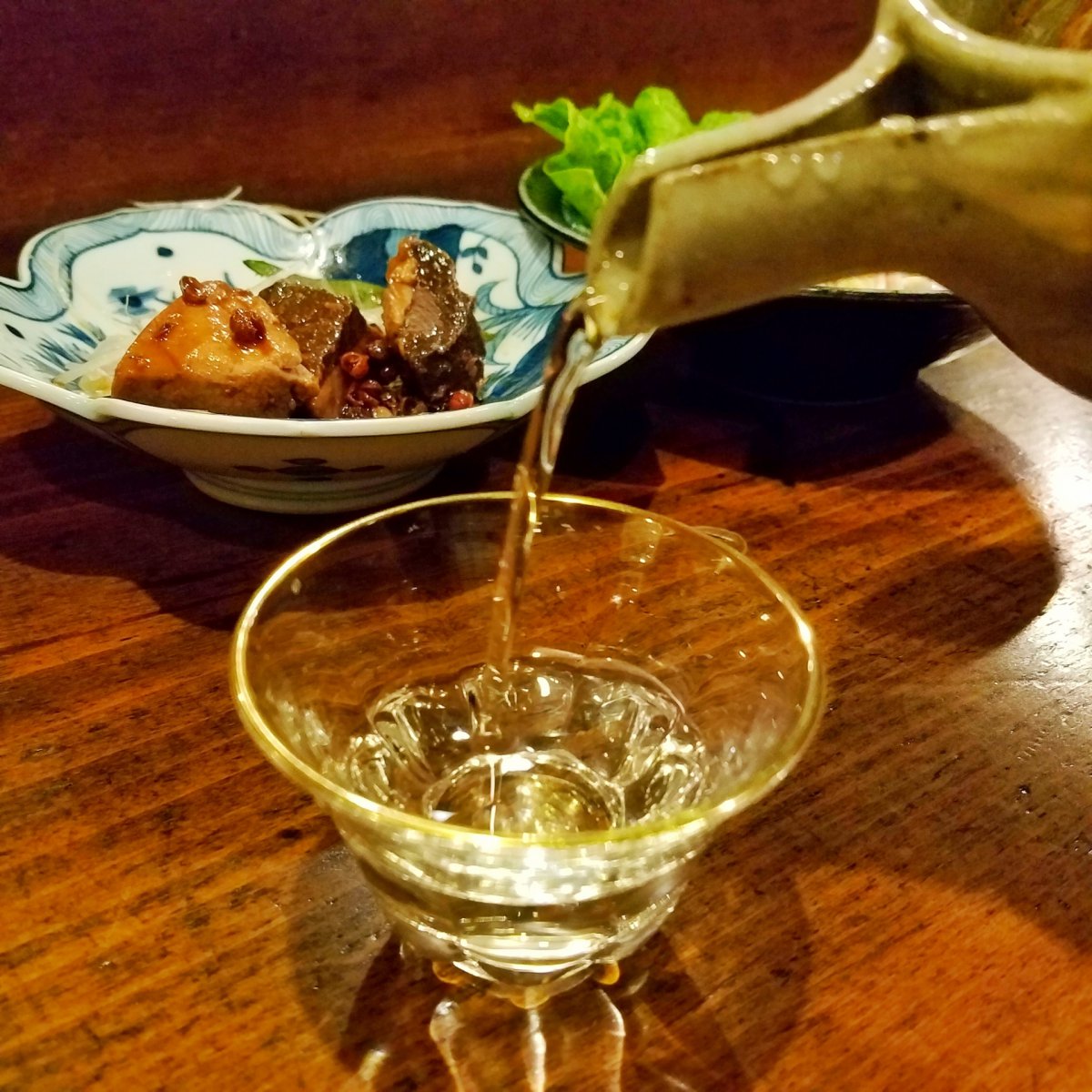
Mixing shochu with water is a very typical way to drink it and you can change how strong you want to make it. Some types of Shochu have a strong flavor, so you might want to try it this way if it is too strong for you straight. In winter, it is recommended to drink it with hot water as it will warm up your cold body in an instant.
If you want to enjoy the refreshing taste of shochu, it can be best to drink it mixed with soda. The harmony of the bubbles from the carbonation and the richness of the Shochu is exquisite and very easy to drink. If you drink it on a hot summer night, all the snacks you have prepared will disappear in an instant. Recently, there are also low-calorie mixers you can add such as “ocha-wari (tea-mix)” and “juice-wari (juice-mix)” which can be perfect for those who like to drink Shochu that is a bit sweeter. When you are making cocktails and want to use shochu, it is recommended that you use Korui Shochu, because this type of Shochu is the closest to being both tasteless and odorless.
7. Shochu Bars in Japan
If you want to try Shochu when you come to Japan, a shochu bar is one of the best places to do it at. A shochu bar is a bar with a large selection of different kinds of Shochu. If you have trouble deciding which shochu to pick, you can just ask the master at the bar. They will listen to what kind of taste you might like and offer you the best one based on that.
While Shochu is served all over Japan, Kyushu is known as the ‘Land of Shochu’. Most of the Shochu in Japan is produced in this region, with over 300 distilleries dotted all across the island and three out of four types of shochu having a protected geographical indication originating here. When you order sake(nihonshu) in an izakaya in Kyushu, especially the southern part, chances are you will be getting a Shochu instead! Because Shochu and Kyushu are so closely connected, it’s no surprise that the Japanese traditional drink goes well with local Kyushu cuisine like Kurobuta pork from Kagoshima or grilled chicken over charcoal from Miyazaki.
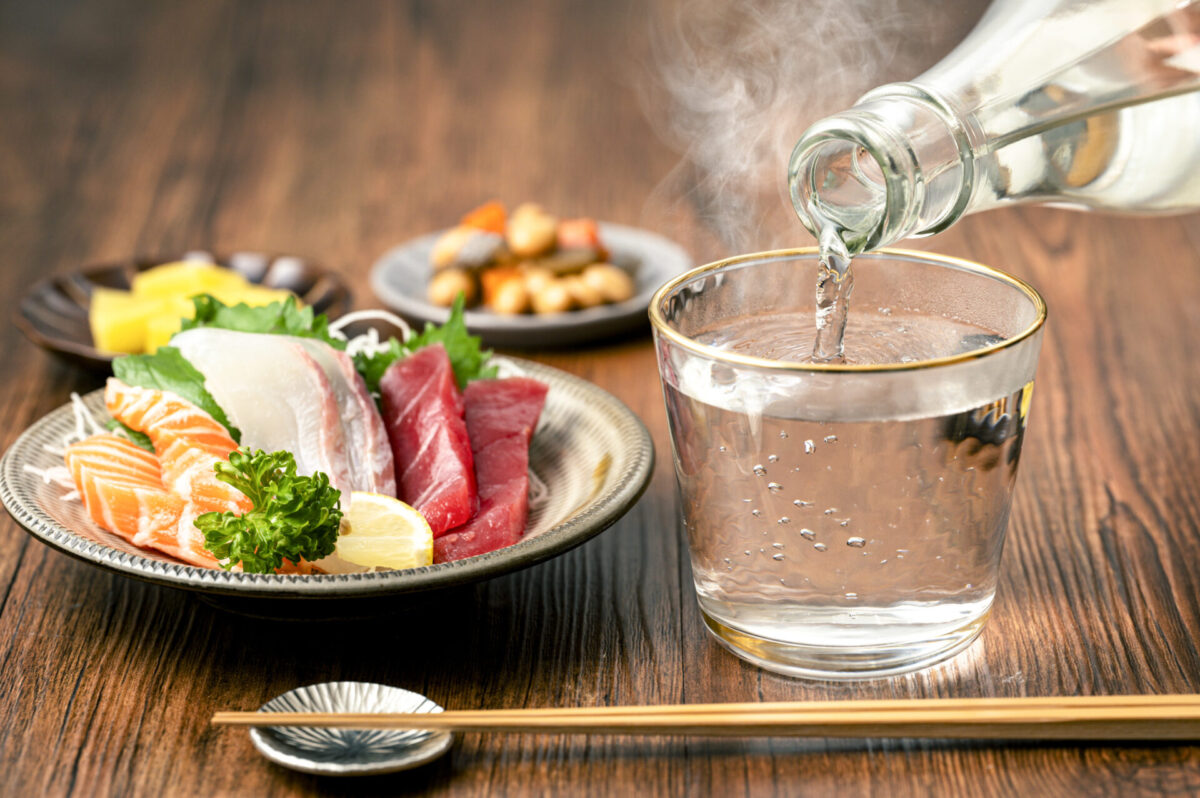
Japan Wonder Travel Bar Hopping Tours
If you want to try Shochu and the other popular drinks and foods in Japan, how about taking a bar hopping tour with us? Sometimes it is difficult to order and even enter the local bars if you don’t have a good grasp of Japanese language and culture. By taking these tours you won’t have to worry about missing out on the fun and delicious food and drink in Japan!
Asakusa Local Food Bar Hopping Tour
You can’t beat taking an evening stroll in a traditional part of Tokyo, Asakusa, with a knowledgeable guide and having fun drinking at local bars! Let’s kampai (cheers) together at an Izakaya and try out Monjayaki (Tokyo style savory okonomiyaki).
Shinjuku Biggest Drinking Town Izakaya Hopping Tour
Shinjuku is the city that never sleeps, it’s fun to get lost in vibrant streets that are full of bright neon signs. But it’s more fun to tag along with a local English speaking guide and discover some Izakaya and bars that are loved by locals!
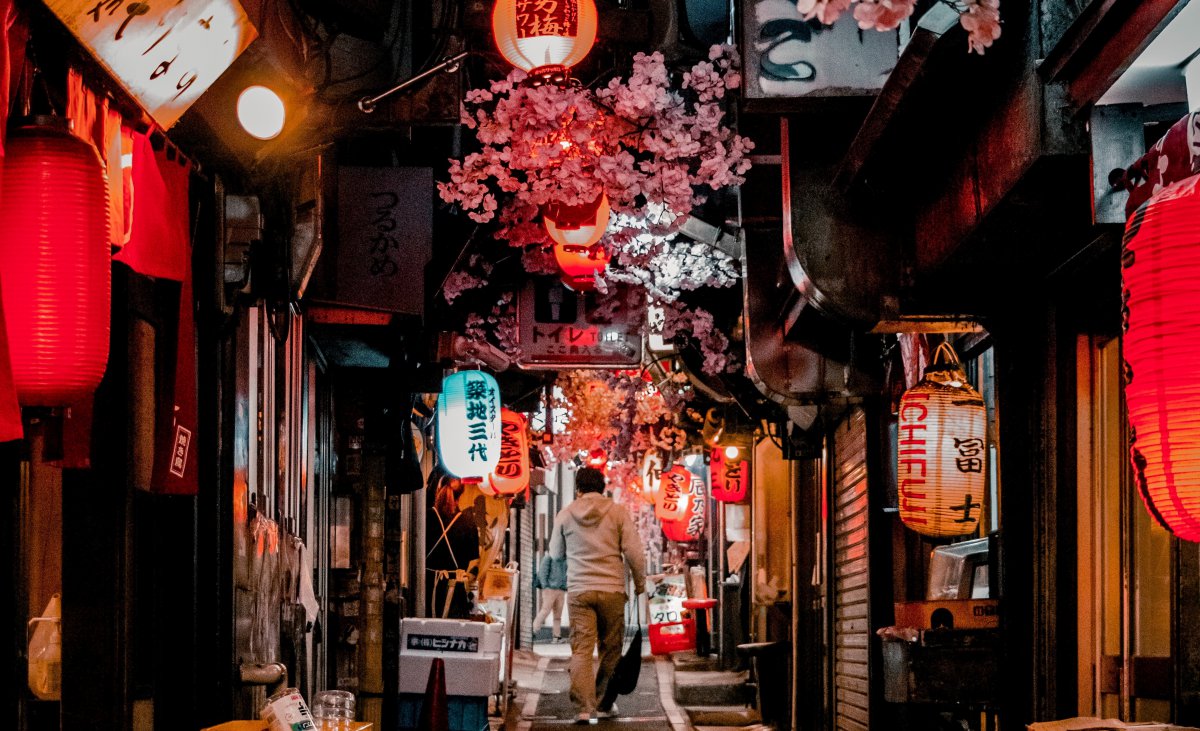
With the growing popularity of Japanese sake abroad, it often attracts lots of attention. However, Shochu is another traditional Japanese liquor that is getting bigger, with a rich flavor unlike sake and the perfect accompaniment to any traditional Japanese food such as sashimi, sushi, soba and etc. Now if someone asked you “what is shochu?” you will know what sets it apart from different kinds of alcohol. If you come to Japan, you will have your pick of all the best shochu and we hope you can find your own personal favorite. Kanpai!
Follow us on Instagram, Facebook and Twitter for more travel inspiration. Or tag us to get featured!
Happy traveling!
Articles you might also enjoy

Mao Goto is a Japanese freelancer who was born in Hayama, Kanagawa prefecture, and raised in Tokyo. Since 2016 she lives in the Taito Ward, home to a lot of Japanese culture hotspots such as Asakusa, Akihabara, and Ueno. She has been interested in the field of English education of Japan and got her Master’s degree in March, 2020. A lover of photography, travel, sweets, and cross-stitch. Contact her via Facebook.
This post may contain some affiliate links. When you click through and make a purchase we may receive some commission, at no extra costs to you.
